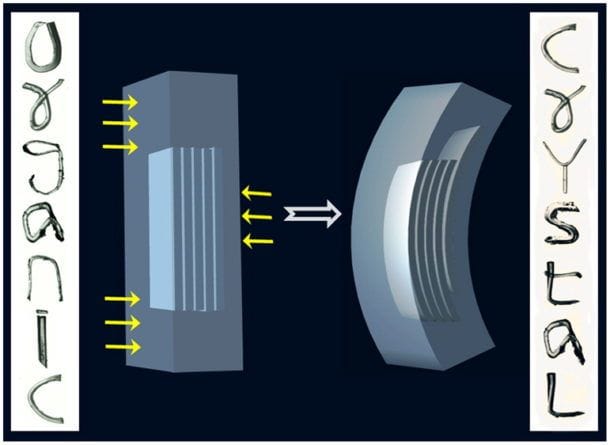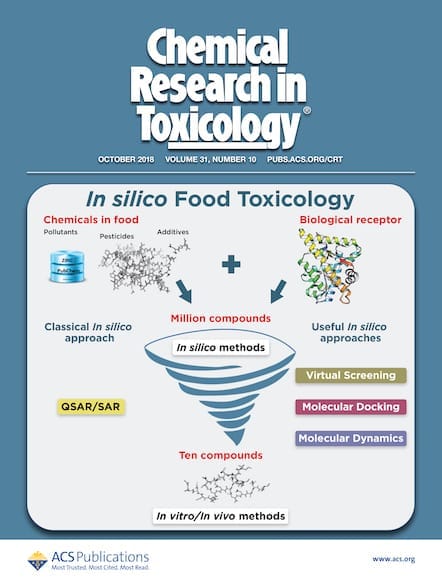Chemical & Engineering News covers the world of chemistry, from research and education to business and policy. Here’s a sampling of their coverage of research from ACS journals: *** Flint Water Crisis May Also Be Responsible For Legionnaires’ Outbreaks Two recent outbreaks of Legionnaires’ disease in Flint, Mich., may be the result of the city’s […]

Chemical & Engineering News covers the world of chemistry, from research and education to business and policy. Here’s a sampling of their coverage of research from ACS journals:
***
Flint Water Crisis May Also Be Responsible For Legionnaires’ Outbreaks
Two recent outbreaks of Legionnaires’ disease in Flint, Mich., may be the result of the city’s change in water supply, according to a recent study. Flint made headlines after the city began sourcing its water from the nearby Flint River. Inadequate treatment of the new water source led to corrosion of the city’s aging pipes, leading to cases of lead poisoning. A study finds the corrosive water also leached iron out of pipes, which stimulated Legionella bacteria reproduction while also inactivating chlorine disinfectants meant to kill the bacteria.
- Read the story in C&EN.
- Read the research in Environmental Science & Technology Letters.
***
Contaminants in Household Dust Could Cause Thyroid Disruptions
Household dust contains chemicals that may disrupt thyroid hormone signaling, researchers say. An analysis found that 31 of 485 known dust contaminants might have the ability to bind to thyroid receptors, which can affect the body’s ability to regulate metabolism, brain development, and cardiovascular function. Further tests on five of those compounds found four of them could bind weakly to the receptors; most notably the herbicidal compound 2,4,5-trichlorophenoxyacetic acid.
- Read the story in C&EN.
- Read the research in Chemical Research in Toxicology.
***
Contaminants in Household Dust Could Cause Thyroid Disruptions
An improved process for spotting drug-target enzyme inhibitors and revealing their molecular structures could make it easier to discover new drugs inspired by natural products, researchers say. The method introduces a protein drug target to a natural extract containing molecules with medicinal potential and uses crystallography to study the protein complex that results when a molecule inhibits the drug target. Using this method, the structure of a promising molecule can be revealed within weeks.
- Read the story in C&EN.
- Read the research in Journal of Natural Products.
***
New Method Could Aid Drug Discovery in Natural Products
Researchers have developed a one-step method for making nanometers-thick sheets of molybdenum disulfide using a scaffold made from the shells of marine diatoms. This process for producing the sheets provides an alternative to slower or more expensive methods used in the past. The sheets of silica particles and MoS2 flakes could be used for energy storage, as well as catalysis, sensing, and light-emitting materials for electronic and optical devices.
- Read the story in C&EN.
- Read the research in Chemistry of Materials.
***
Flexible Crystals Could Have A Variety of Industrial Uses

- Read the story in C&EN.
- Read the research in JACS.
***
That’s just a small sample of the robust coverage C&EN provides. Get the latest news in your discipline with weekly e-mail updates.
